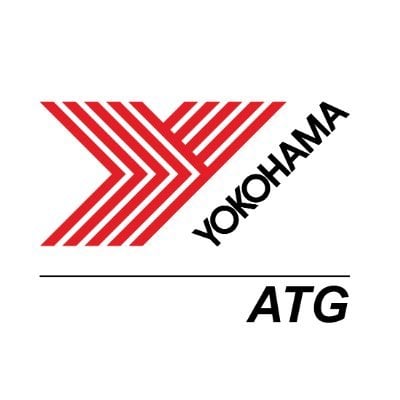Been out here 40+ years and had a tractor all that time. I thought about a ballast box a few times. For me - a ballast box is of no use. I have VERY FEW really tight places and have no business with my tractor in those that are tight.
I have 1550# of RimGuard in the rear tires and a 1050# rear blade on the 3-point.
The
M6040 Kubota is just not a tractor for tight places.
However - I do see the definite advantage of a b-box if you have a smaller tractor and need to do work in tight spots. I see some very "enlightened" designs for b-boxes - increases their usefulness.
I think of a ballast box as most other 3-point implements. If you need it - fine. Otherwise - wise money says use a 3-point implement and get more bang for your buck. JMHO
.jpg)

